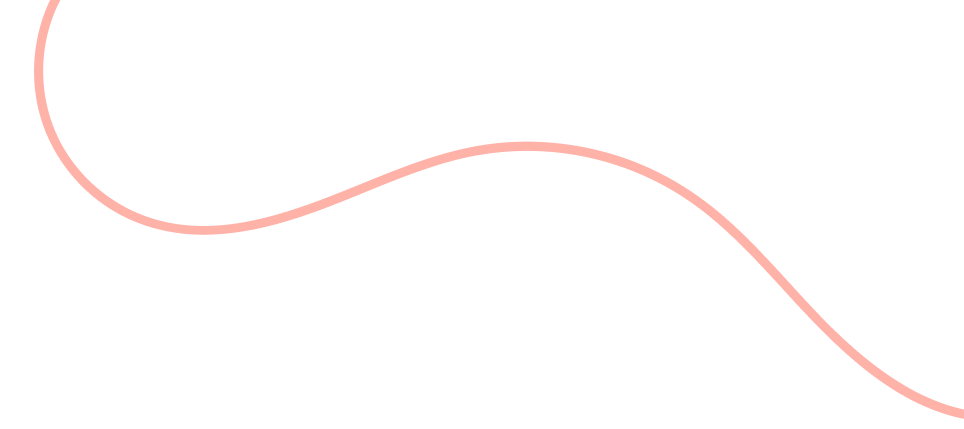Lesson 1 part A : Present Continuous: I am doing
The present continuous tense is used to describe actions that are happening now, at the time of speaking, or around now. Here’s a breakdown of how to form and use it:
Structure:
Subject (I, you, he, she, it, we, they) + am/is/are + present participle (verb ending in -ing)
- am is used with “I”
- is is used with “he,” “she,” and “it” (singular nouns)
- are is used with “you,” “we,” and “they” (plural nouns)
Examples:
- I am eating a sandwich. (The action of eating is happening now.)
- She is running in the park. (The action of running is happening now.)
- We are watching a movie. (The action of watching is happening now.)
Uses of the present continuous:
- Actions happening now: This is the most common use of the present continuous.
- Actions happening around now, but not necessarily at this exact moment: We often use the present continuous to talk about actions that are temporary or ongoing around the present time.
- Example: I’m working on a big project this week. (The project is ongoing throughout the week.)
- Future events that are planned or scheduled: We can use the present continuous to talk about future events that are already planned or scheduled.
- Example: We are flying to Paris next month. (The flight is already booked.)
Negative sentences:
Use am/is/are not + present participle to form the negative.
- Examples:
- I am not eating a sandwich.
- She is not running in the park.
- We are not watching a movie.
Question sentences:
Invert the subject and verb to form a question in the present continuous.
- Examples:
- Am I eating a sandwich?
- Is she running in the park?
- Are we watching a movie?
Present continuous vs. present simple:
The present continuous is different from the present simple tense. The present simple is used for habits, facts, and general truths that are always or usually true.
- Example (present simple): I eat a sandwich every day for lunch. (This is a habit.)
- Example (present continuous): I am eating a sandwich now. (This is an action happening now.)
Form: I am, You are, he/she/it is, We are, You are, They are + BV-ing
Example:
Verb TO DO:
I am doing
You are doing
He/She/It is doing
We are doing
You are doing
They are doing
Negative form: am + NOT + doing:
I am not doing, I am not sleeping, It is not raining, They are not woking,
Interrogative form:
Are you working? Are they joking? Is he serious?









